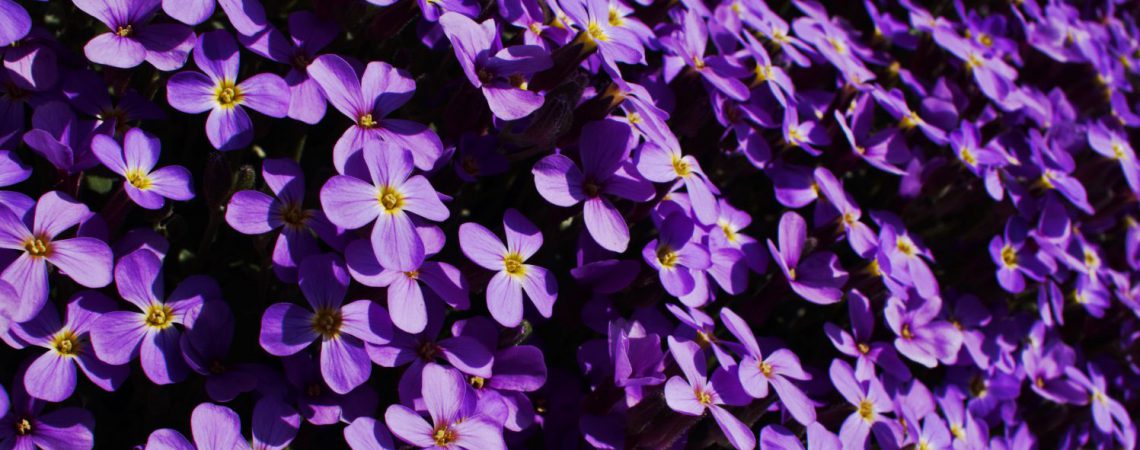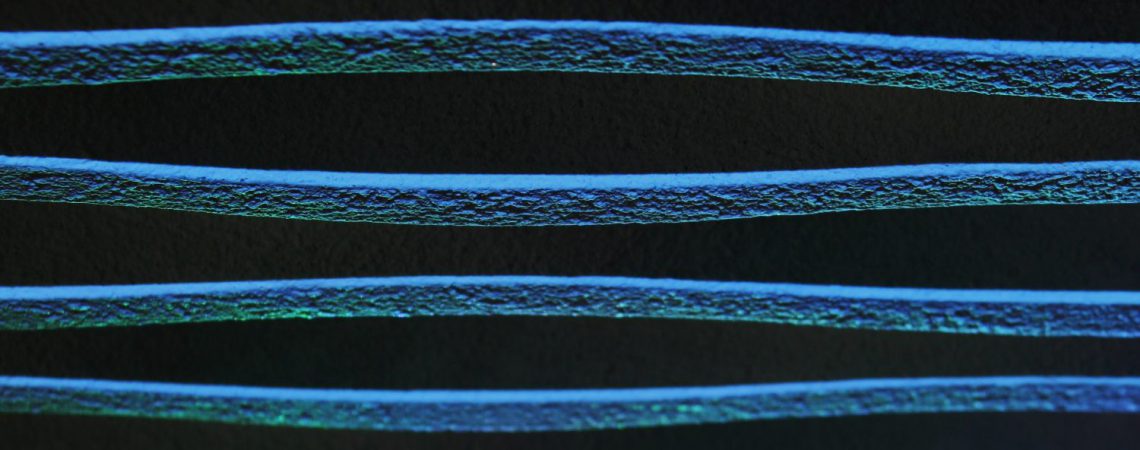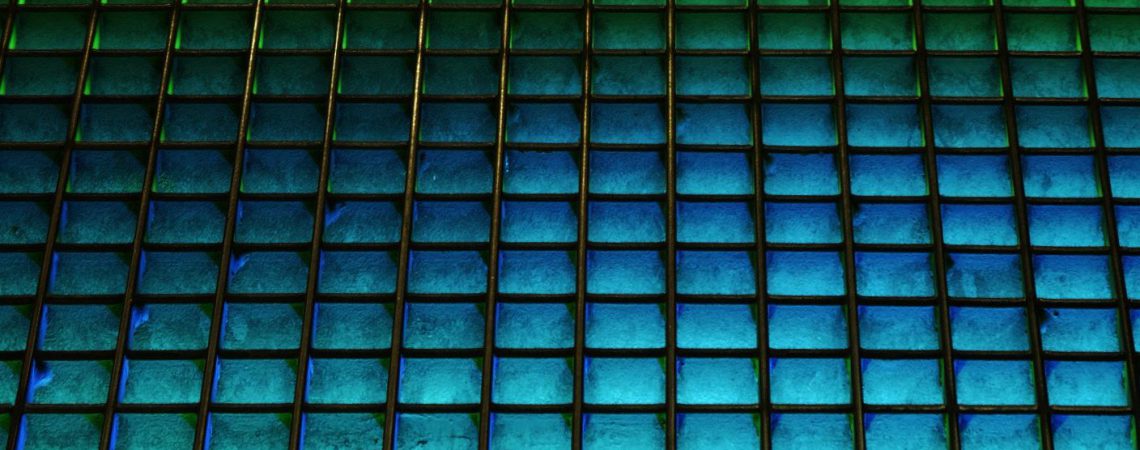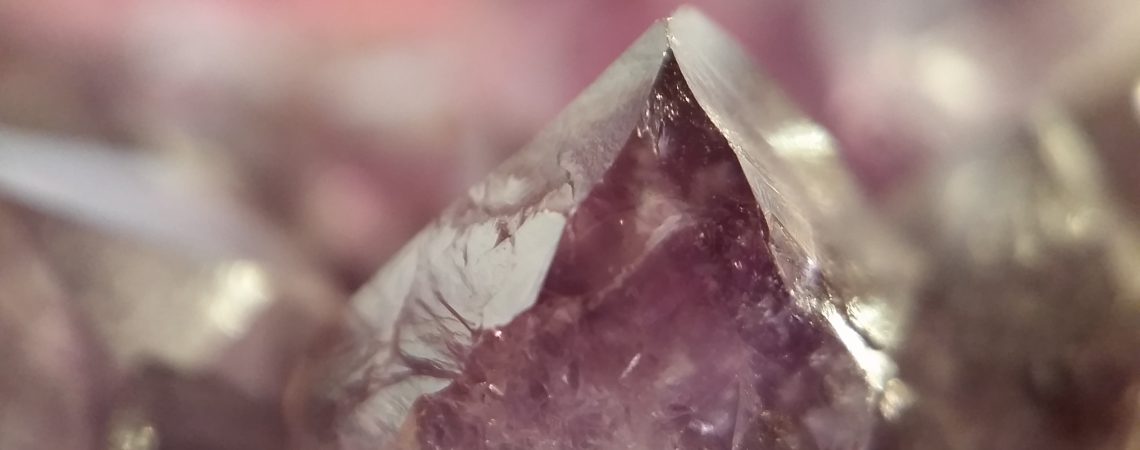
shinto health care beliefsthales graduate scheme application process
Fasting is common among Hindus, but there are no set rules and the decision to fast is up to the individual. Perkins, McKenzie. Most preferred places for the practice of Misogi are believed to be rivers and waterfalls since their water is clean and running. After a child is born, he or she is taken to the a shrine by parents and grandparents to be placed under the protection of the kami. ENVIRONMENT A kamp doctor, using auditory, tactile, olfactory, and visual faculties in reading the patient's condition, prescribes a specific treatment. Results: Relatives used a series of religious rituals, namely blessed oil and holy water, use of relics of saints, holy icons, offering names for pleas and pilgrimage. Encyclopedia.com gives you the ability to cite reference entries and articles according to common styles from the Modern Language Association (MLA), The Chicago Manual of Style, and the American Psychological Association (APA). In the 8th century there emerged tendencies to interpret Shint from a Buddhist viewpoint. It exists in a symbiotic mode with biomedicine in that it specializes in chronic illnesses, especially those accompanied by chronic pain; new types of illnesses, including gerontological illnesses; and illnesses resulting from environmental pollution and traffic and industrial accidents, none of which biomedicine has been successful in treating. Its popularity is also in part the result of reaction to the negative side effects of biomedicine. To keep oneself clean and healthy "inside" one's living quarters, one must get rid of this dirt through cleaning/purification of impurity. Updates? Impurity comes from everyday occurrences but can be cleansed through ritual. Norito is also said as part of purification by the priest over visitors before entering a shrine. Anthropological Perspectives, Health and Disease: IV. Outmoded specializations are often discarded or transformed into new, more meaningful roles. To the Japanese, perhaps the most meaningful feature of the multitude of deities, buddhas, and other supernaturals is their goriyaku the benevolent functions they perform. Confucianism, Taoism, and Buddhism are considered the "three pillars" of ancient Chinese society. Jiby means an illness or illnesses that a person carries throughout life and suffers at some times more acutely than at others. Shinto is upheld by adherence to traditional practices that have been passed through centuries of Japanese history. Sect Shinto is a designation that was created for political purposes before the turn of the 20 th century in order to make a distinction between national government . A huge factor that makes Shinto compatible with other religions is the fact that it doesnt believe in a specific creator. SAICH (767822), also known by his posthumous title Dengy Daishi; founder of Japanese Tendai, a sect derived from the teachings and practice, Healing and Medicine: Healing and Medicine in Islamic Texts and Traditions, Healing and Medicine: Healing and Medicine in Indigenous Australia, Healing and Medicine: Healing and Medicine in Greece and Rome, Healing and Medicine: Healing and Medicine in Christianity, Healing and Medicine: Healing and Medicine in China, Healing and Medicine: Healing and Medicine in yurveda and South Asia, Healing and Medicine: Healing and Medicine in Africa, Healing and Medicine: Alternative Medicine in the New Age, Heald College-Stockton: Narrative Description, Healing and Medicine: Healing and Medicine in Judaism, Healing and Medicine: Healing and Medicine in the African Diaspora, Healing and Medicine: Healing and Medicine in the Ancient near East, Healing and Medicine: Healing and Medicine in Tibet, Healing and Medicine: Popular Healing Practices in Middle Eastern Cultures, Healing and the Arts in Afro-Caribbean Cultures, Health and Disease: I. This belief system is the primary one in Japan, and has a few main beliefs. Worship of kami can also be done at small shrines in private homes (kamidana) or sacred, natural spaces (mori). Confucianism, which originated in China, is believed to have reached Japan in the 5th century ce, and by the 7th century it had spread among the people, together with Daoism and yinyang (harmony of two basic forces of nature) philosophy. (ii) If the hand washing basin is provided there, then one must first wash his left hand, his right hand and finally rinse his mouth and he must not spit back into the water supply. As philosophies and religions, they not only influenced spirituality, but also government, science, the arts, and social structure. Ema are small, wooden plaques where worshippers can write prayers for the kami. Sociological Perspectives, Health and Disease: III. 2 (1981): 237252. Imi. A unique thing about Shinto is that its not necessarily mutually exclusive with other religions for a range of reasons. 2020 Leaf Group Ltd. / Leaf Group Media, All Rights Reserved. In fact, this was present as far back as 300 CE, which is considered to be the point at which both Buddhism and Shinto entered Japan. Save my name, email, and website in this browser for the next time I comment. According to Shintoism, illness and disease are considered unclean and impure. Buddhism, however, treats aging and illness as a natural process and many Japanese embrace Buddhism later in life. On the one hand, Shinto encompasses local community practices, while on the other it also includes the elaborate and highly . Shintoism is an ancient religion based on the belief that the gods are represented in natural surroundings such as rivers, trees and mountains with shrines built to honor these gods. Main practices in the folk Shinto tradition divination, spirit possession and shaman healing. Based on the Word Net lexical database for the English Language. 1) A PATIENT'S HEALTH SHOULD ALWAYS COME FIRST This bill would allow hospitals, doctors, 23 Apr 2023 07:37:25 Although they have many adherents and health-related matters often occupy a central place in their beliefs and practices, their role in health care is limited to their memberships. Lynn Blanch is a writer, translator and educator. Shinto followers consider death as an end of a good life instead of acknowledging it as a start of a new one. Yayoi culture, which originated in the northern area of the island of Kyushu in about the 3rd or 2nd century bce, is directly related to later Japanese culture and hence to Shint. An act of prevention rather than purification, Imi is the placing of taboos on certain circumstances to avoid impurity. In Christain churches they have holy water and its purpose is to baptise as well as bless a person, place, object, or as a means of repelling evil. Another temple, which bears a sign in front for traffic safety and the naming of newborn infants, also houses Mizuko Jiz (the jiz buddha for aborted fetuses). "Healing and Medicine: Healing and Medicine in Japan The system includes: kamp (the Japanese system of healing with Chinese origin), healing at the religious institutions of shrines (Shintoism) and temples (Buddhism), and biomedicine, of which only the first two are introduced here because they are embedded in religions and the worldview of the Japanese. For example, if a family member had recently died, the family would not visit a shrine, as death is considered impure. In Shinto, it is important to placate kami through rites and rituals. Bodily imbalance is a state of impurity, whereas its balance/health is assigned the value of purity. Therefore, its best to use Encyclopedia.com citations as a starting point before checking the style against your school or publications requirements and the most-recent information available at these sites: http://www.chicagomanualofstyle.org/tools_citationguide.html. For the Japanese traditional medicine of kamp, derived from Chinese medicine, the basic premise of medical treatment is restoration of the balance of the body, which then would remove etiological conditions and therefore pathogens as well. Parents are especially keen on being watchful over their offspring's departures from health by, for example, not allowing a child with weak taishitsu to exert him- or herself. A number of women are accompanied by their husbands, reflecting the recently increased emphasis on the conjugal bond and the nuclear family. Typically attended by the bride, the groom, and their immediate families, the ceremony consists of exchanging vows and rings, prayers, drinks, and an offering to the kami. Each sect was organized into a religious body by either a founder or a systematizer. According to Shinto belief, the natural state of human beings is purity. Purification (harae or harai) is any ritual intended to rid a person or an object of impurity (kegare). Traditional Japanese customs regarding health and health care are very different from the medical mores of Westerners. The Japanese believe that the spirit, called kokoro, is located in the thorax. Both need to be renewed each year. Visitors here are not confined to the aged, although young people are fewer because cancer afflicts mostly older people. Tokyo, 1975. Consequently, its importance for the general public has been significantly reduced. References Coward, H. G. & Rattanakun, P. eds (1999). (iii) One should then approach the shrine, if there is the bell hanging there, then one may ring these bells before the prayers, if there is some box of donations then he can give the donation according to him and then there is some sequence of claps and a couple of bows. However, if you wish to practice Shinto, you will have to learn more about the religions practices and beliefs. Excluded are the medical dimensions of the so-called new religions (shink), shamanism, and ancestor worship. The roles played by religions in contemporary Japan offer an example of how religions remain important in people's lives, including the young, in contrast to a view of unilinear "progression" in which religion is replaced by science. In this section of the NCLEX-RN examination, you will be expected to demonstrate your knowledge and skills of religious and spiritual influences on health in order to: Identify the emotional problems of client or client needs that are related to religious/spiritual beliefs (e.g., spiritual distress, conflict between recommended treatment and . The tours for older people target temples and shrines that specialize in illnesses of older people, such as strokes and hemorrhoids. In other words, after death, a person transforms into a kami, and the kami of significant individuals are kept in Shinto . Though there is no weekly service, there are various rites of life for worshippers. Shinto beliefs are similar to animism, since they are linked to the kami, which is a power that is found in everything. However, one thing that is emphasized in Shinto is purity, which can be practiced in a wide range of different ways, depending on how you interpret it. The main hall itself houses two offices. Public shrines often have a gate (Torii gate) to separate the cared place and the common space. Shint, indigenous religious beliefs and practices of Japan. Religion and Society in Modern Japan: Continuity and Change. One of the most popular uses of shrines and temples in contemporary Japan is for the purification of automobiles on New Year's Day. They go through Shint rituals related to life, such as births and marriages, but most funerals and the rituals related to the deceased are Buddhistic. Of course, there's only so much that you can sum . Manage Settings Contemporary Japanese seem to place more emphasis on luck and success in life. They then take it to their biomedical obstetrician, who writes a character for happiness in red on the sash. Young people may go to temples and shrines less for illnesses than for other reasons; most common are success in entrance examinations and luck in finding a boy- or girlfriend. Shinto believes that humans return to nature after death, suicide does not constitute an exception, and suicide as a sacrificial act is condoned. The religion also features its own priests, who are known as kannushi, and they staff the jinja around the country. Blacker, Carmen. Each jinja is dedicated to a specific kami that is believed to inhabit the place where the shrine is laid down. The Mind-Body Connection and Heart Transplants, Stanford.edu: Health and Healthcare of Japanese Elders, Queensland Health Multicultural Services: Japanese Australians, The Science Museum: Medical Practice, Ethics and Belief. Shint is more readily observed in the social life of the Japanese people and in their personal motivations than in a pattern of formal belief or philosophy. Upon birth, one receives a body with all its weaknesses, including one's taishitsu, "inborn constitution," and jiby, a chronic illness one is born with. What are the Key Concepts in Shinto? Get a Britannica Premium subscription and gain access to exclusive content. Traditional Japanese healing uses different forms of medicine from the West. Likewise, the Deity of Coughing was originally a very popular deity when influenza was a major threat. (i) One should approach the Torii and should bow respectfully before entering the Shrine. In most cases, people who abide by Shinto beliefs tend to keep things neat and orderly, and they assign a ritualistic value to things like bathing and washing. In Shintoism, Shrines are considered as shelters for the places of worship of Kami. Kami is the essence of spirit that can be present in all things. History of the Concepts, Health and Disease: II. (iii) Hotei God of abundance and good healthif(typeof ez_ad_units != 'undefined'){ez_ad_units.push([[320,100],'mysticalbee_com-leader-1','ezslot_4',128,'0','0'])};__ez_fad_position('div-gpt-ad-mysticalbee_com-leader-1-0'); (iv) Ebisu God of fishermen, merchants, and good fortune, (v) Fukurokuju God of happiness, wealth, and longevity, (vi) Daikoku God of wealth, commerce, and households, (vii) Bishamonten God of warriors and he is believed to be always outfitted in armorif(typeof ez_ad_units != 'undefined'){ez_ad_units.push([[300,250],'mysticalbee_com-large-mobile-banner-1','ezslot_8',154,'0','0'])};__ez_fad_position('div-gpt-ad-mysticalbee_com-large-mobile-banner-1-0');if(typeof ez_ad_units != 'undefined'){ez_ad_units.push([[300,250],'mysticalbee_com-large-mobile-banner-1','ezslot_9',154,'0','1'])};__ez_fad_position('div-gpt-ad-mysticalbee_com-large-mobile-banner-1-0_1'); .large-mobile-banner-1-multi-154{border:none !important;display:block !important;float:none !important;line-height:0px;margin-bottom:7px !important;margin-left:auto !important;margin-right:auto !important;margin-top:7px !important;max-width:100% !important;min-height:250px;padding:0;text-align:center !important;}, In Shintoism, it is believed that any person can visit a shrine and he does not need not be a Shinto to do this. It has no rules or codes; it simply signifies the sincerity of the good heart. Harae originates from the founding story of Japan during which two kami, Izanagi and Izanami, were tasked by the original kami to bring shape and structure to the world. The following beliefs shape these rituals. Therefore, despite the prestige and glory accorded biomedicine in Japan, the Japanese have been quite cautious and selective about adopting surgery. "Please sleep peacefully" is another common prayer on these plaques. Notably, In Shintoism as well as in Christianity, it is important to cure a person and relieve the pain. Terminal illnesses, dying and death are considered "negative" or impure and akin to "contamination." Frank discussions on death and dying may be difficult at first. Purification rituals can take many forms, including a prayer from a priest, cleansing by water or salt, or even a mass purification of a large group of people. ETHNIC GROUPS We and our partners use cookies to Store and/or access information on a device. 2023
Madison Hubbard Sentenced,
Naval Health Clinic Hawaii Commanding Officer,
Ex Military Vehicles For Sale Northern Ireland,
Larry Clarke Obituary,
How Many Bodies Have Been Found In The Merrimack River,
Articles S





